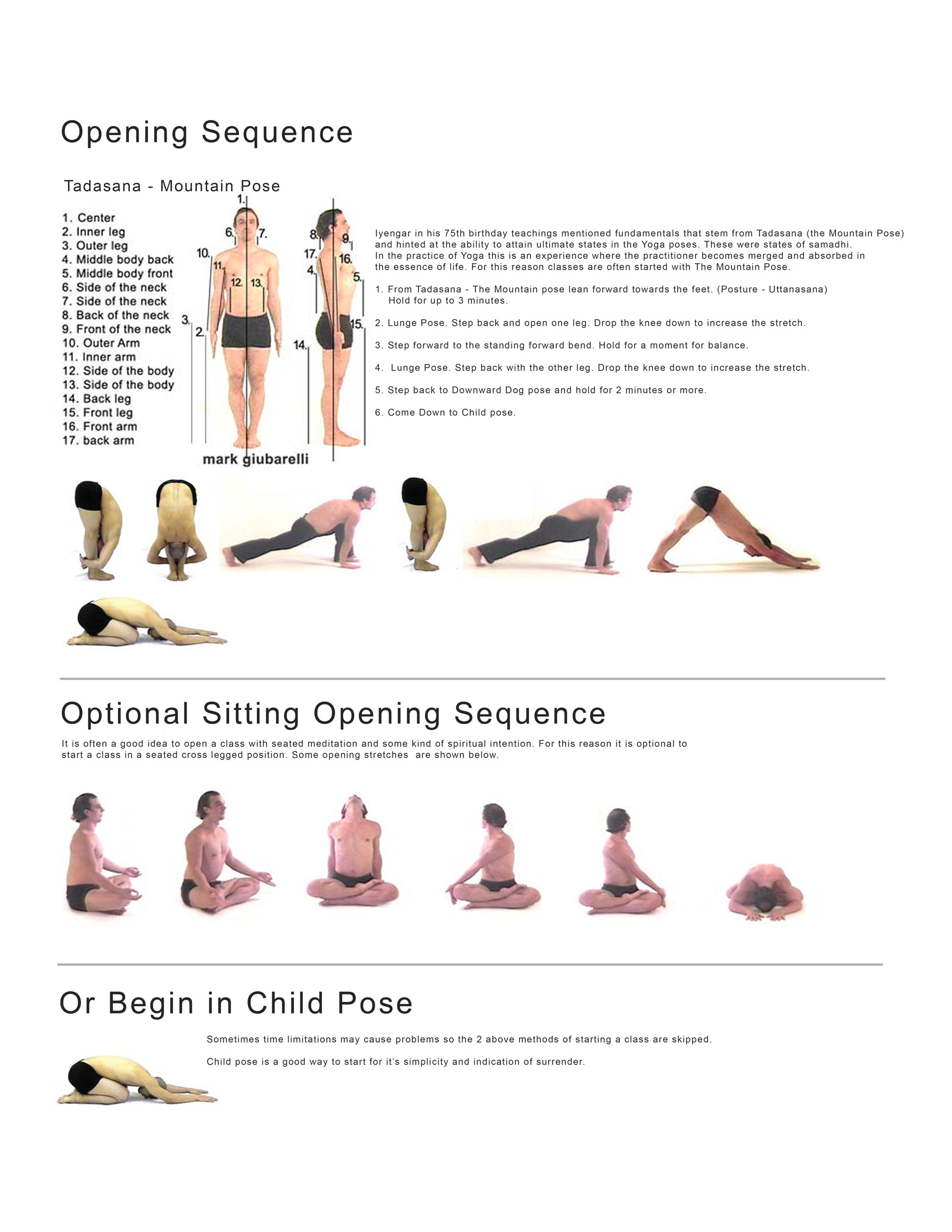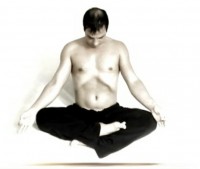Yoga classes prosper when time has been taken to plan out good safe yoga exercise routines that blend well throughout various parts of a yoga class and include safe alternatives for beginners.
There are many different yoga class formats that have varying effects on the body. Yoga classes with more movement seem to challenge cardiovascular elements of the practitioners more but the likelihood of injury increases with the speed of transitions and the deepness of the yoga postures performed.The class formats for meditative and restorative yoga are very different to those of a power yoga or vinyasa yoga class. So yoga class formats must be implemented in reflection to the groups needs or requests. It is essential to design yoga classes that strongly appeal to participants. In order to master your environment you will have to be playful with your class design to continually maximize practitioner appeal.

Course Includes
In this course you will learn how to design your own class and have a few nice modifications to your flow.
Physical Exam
In this exam you have to show your designed course and explain the choices you made.
Written Exam
The written exam consists of multiple choice related to designing a yoga class.
Here are some of the principles in Pre-class preparation
You should know the health history of practitioners especially new practitioners. This will likely to give proper modification and guidance so you do not aggravate a symptom or injury.
Wear the appropriate attire so that practitioners can clearly see your when you perform yoga postures but not too little to be provocative.
Acknowledge new practitioners before you begin then introduce yourself at the beginning of class.
Reference some of the fundamentals of what your class will achieve bringing certain benefits to attention. Make sure practitioners know exactly what type of class they are getting themselves into otherwise beginners will find themselves in classes that our moving far too fast or vice versa and advanced practitioner may accidentally wander in to a beginner class. Clearly stating what type of class is being performed before class is a necessity.
Encouraged practitioners to drink plenty of water especially if the classes are hot and encourage them to take breaks when class starts if they need to.
Yoga Class Design
Welcoming practitioners with words of encouragment and gentle progression into pre-warmup. Preperation
Pre-Warm Up involves light stretches and an introduction to the type of yoga postures that will be performed in the warm up flow. Studies have shown preparing students before a fast flow allows them to follow along with more accuracy and better timing.
Warm Up
Usually a minimum of 20 minutes of yoga exercises in a flow to stimulate cardiovascular and cardiorespiratory health.
A warm up the flow does not usually have anything too intense but stimulates continual movement to create internal heat increasing internal blood flow and reducing the chance of injury.
This part of the beginning segment of your your class is designed to break a sweat.
The warm-up can have something known as rehearsal moves which are lighter variations of the core exercises in your class. This allows your class to flow more naturally and with less guidance.
Gentle stretches the target muscles that will be used intensely currently performed both before and after the warm-up.
During the warm-up phase instructor has the perfect opportunity to go over proper alignment and form.
This section of the class challenges strength flexibility and endurance. Many yoga postures challenge all of these elements at the same time. Finding a progressive way to strengthen muscles and then challenge their endurance helps practitioners follow along and gradually builds confidence within them. Wind Down
A gradual wind down can include many balanced stretches to stabilize parts of the body. Wind down yoga flows can also include al
lot of hip openers to prepare the practitioners for meditation. In B.K.S Iyengar's sequences most end in seated forward Bend. but this was usually to stretch the spine for a after some serious backbends. Meditation
Guided meditation and visualization techniques. There are hundreds of meditation techniques you can use to guide you in your Yoga class. All you have to do is listen to a tape or CD of guided meditation and copy some of the best techniques. There is however ways to talk people into the state of awareness of yoga. Encourage practitioners to break down the perception that things are separate and become aware or a universal unity. See teaching meditation. You can also encourage the heart chakra to open through guided meditation and allowing practitioners to grow in their ability to love.
Relaxation
Usually Savasana which is a pose that involves lying on your back and resting. Instructor can remain quite, give light guidance or complete guidance during this stage. It is nice to lay down as an instructor at the end of a yoga class but practitioner will prefer a little guidance.
Otherwise their minds will wander.
There is no rule of order when introducing all the above parts of a yoga class. Parts can be missed or emphasized. Remain open to many different ways blend the above elements into a good yoga class.
In many environments it is best to follow a similar layout of class format as being practiced by the masses.
The type and amount of information a practitioner canunderstand depends on their current stage of progress in yoga.
Yoga Class Design - Encouraging Practitioners
Have attainable goals for your yoga class design as this not only encourages a safer yoga class but when practitioners attain these goals the will feel
accomplished and are more likely to return for further progression.
Continually encouraging your practitioners in a positive way.
Attainable Goals in Class Design
Setting realistic goals for practitioners and rewarding them when they are archived.
Safe Practice in Class Design
Yoga is a healing art but many postures and exercises may be dangerous without proper guidance.
Clear Presentation of The meaning of Yoga
Yoga is a complicated subject but with guided meditation techniques class practitioners can achieve an awareness of what yoga is.









